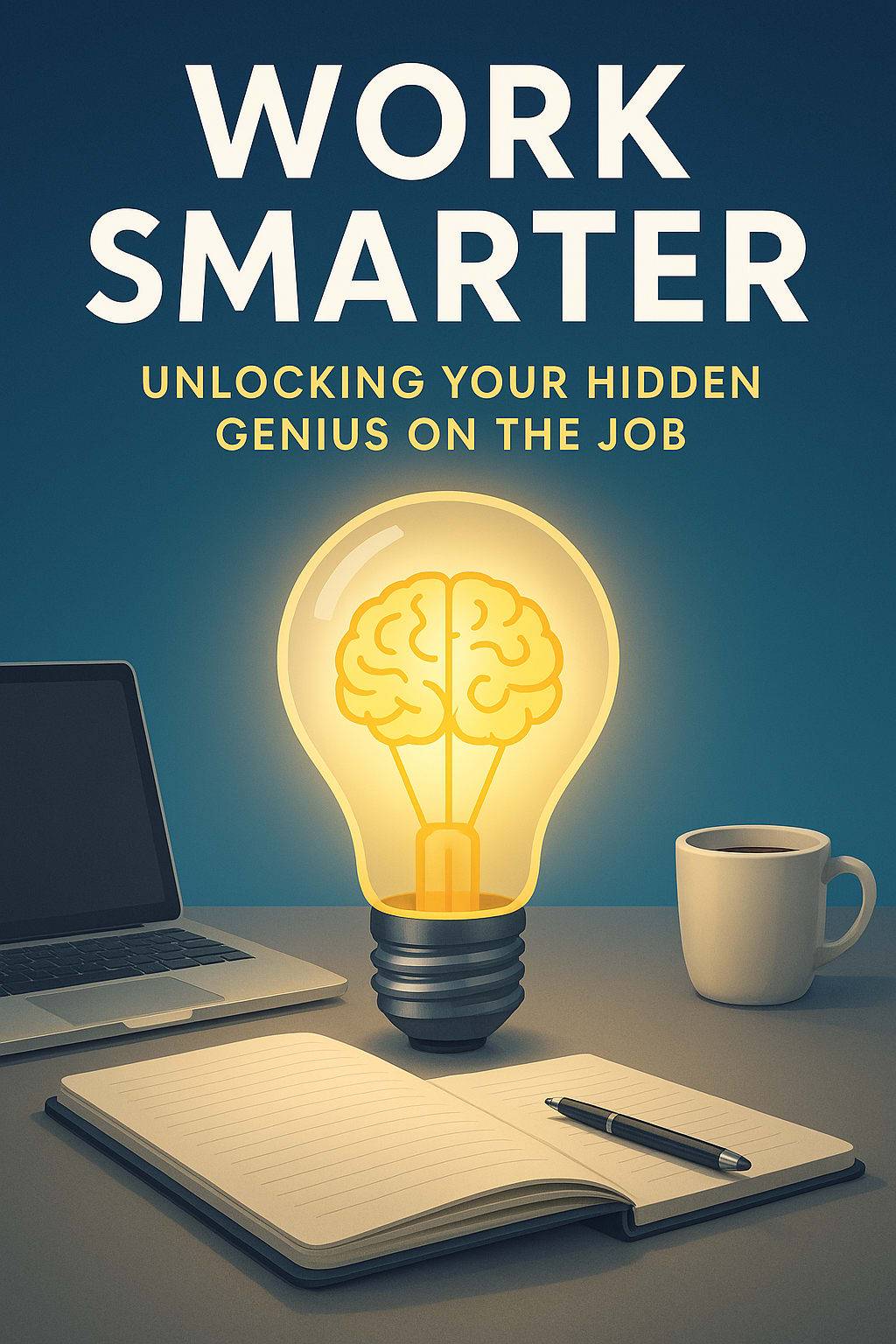It was just past 9 a.m. when Maya walked into the sleek glass doors of HelixTech, coffee in hand, mind already spinning with her to-do list. Like many mid-level employees in a fast-paced startup, she felt overwhelmed more often than not. Her desk, cluttered with sticky notes and printed reports, mirrored the state of her mind—busy, but not necessarily productive.
She had talent—everyone knew it. She worked hard, stayed late, always volunteered for extra projects. But lately, Maya noticed something frustrating: despite all her effort, she wasn’t advancing as quickly as some of her peers. One colleague, in particular, Ethan, always seemed calm, confident, and two steps ahead, even though he didn’t stay nearly as late as she did. How did he make it look so effortless?
One Wednesday afternoon, after yet another meeting that could’ve been an email, Maya decided to take a risk. As they left the conference room, she turned to Ethan and asked, “Can I ask you something? How do you keep up with everything without burning out?â€
Ethan smiled. “I don’t keep up with everything. I focus on what matters most. Wanna grab lunch and talk about it?â€
That lunch would change everything.
The Shift
Over sandwiches and iced tea, Ethan shared his philosophy: work smarter, not harder. He explained that being busy wasn’t the same as being effective. “We all have the same 24 hours,†he said. “The key is to use them better—not fill them more.â€
He pulled out a small notebook and jotted down four words: Focus. Systems. Boundaries. Growth.
“These are the pillars I use,†he said.
1. Focus
Maya listened as Ethan described his morning ritual. Before diving into email or meetings, he spent 30 minutes doing deep work—focused, uninterrupted effort on his most important task of the day.
“No multitasking,†he said. “Turn off notifications, close tabs, and just think. One hour of deep work is worth four hours of half-focused busywork.â€
Maya realized her mornings were often lost to reactive tasks—replying to emails, answering messages, putting out fires. She decided to try Ethan’s method the next day.
2. Systems
Next, Ethan talked about systems. “I don’t rely on memory. I rely on checklists, templates, and automation.â€
He showed her how he used tools like Notion and Trello to track projects, plan goals, and store reusable content.
“For every repetitive task,†he said, “ask yourself: can this be simplified, delegated, or automated?â€
Maya thought about the time she spent formatting reports every Friday. Maybe she could create a template or train the intern to help. The idea of saving just one hour a week was freeing.
3. Boundaries
This one hit Maya hardest. Ethan talked about how he protected his time—no meetings before 10 a.m., no email after 6 p.m., and no saying “yes†without first checking his schedule and priorities.
“It’s not about being rigid,†he said. “It’s about being intentional. If everything is urgent, nothing truly important gets done.â€
Maya realized she was often saying yes out of fear—fear of missing out, fear of disappointing others, fear of not seeming “dedicated.†But that mindset was draining her.
4. Growth
Finally, Ethan spoke about investing in growth. Not just climbing the ladder, but truly growing as a professional.
“I read one book a month,†he said. “I also reflect weekly—what worked, what didn’t, what I learned.â€
He encouraged Maya to do the same. “You already work hard. But if you pause to grow, you’ll work smarter and rise faster.â€
The Results
Inspired, Maya began applying what she’d learned.
She blocked off her mornings for deep work and started each day by asking: What’s the one thing I can do today that will make everything else easier or unnecessary?
She created templates for her recurring tasks, used task management tools, and made space for learning—reading, reflecting, and occasionally, just thinking.
More importantly, she set boundaries. She stopped saying yes to everything and started saying yes to the right things.
Three months later, her manager noticed the change.
“You seem more focused,†he said during a check-in. “More strategic. You’ve stepped up in a big way.â€
And she had. Not by doing more, but by doing better.


